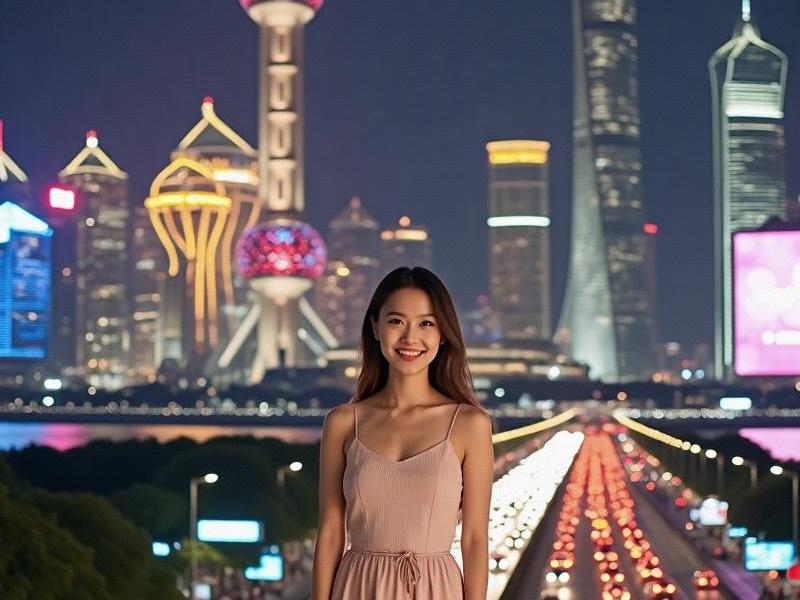This in-depth feature examines how Shanghai's women have developed a distinctive urban identity that blends Chinese cultural heritage with global cosmopolitanism, creating a new paradigm for Asian femininity.

The Shanghai woman stands as one of modern Asia's most fascinating cultural phenomena. In this city where Art Deco buildings neighbor futuristic skyscrapers, local women have cultivated a personal style and worldview that mirrors Shanghai's own juxtaposition of history and hyper-modernity.
Historical Roots of Shanghai Femininity
The foundation of today's Shanghainese beauty standards traces back to the 1920s, when the city became China's first truly international port. "Shanghai girls" of that era gained renown for their literate sophistication and sartorial innovation - adopting Western hairstyles while maintaining bound feet. Contemporary historian Dr. Wang Liqun notes, "This created the original template: Shanghai women learned to code-switch between cultural systems before the concept existed."
Modern Manifestations
Today's manifestations are equally compelling. Along Huaihai Road, one observes office workers seamlessly transitioning from morning tea ceremonies to afternoon venture capital meetings. Their workwear - tailored cheongsam-inspired dresses paired with designer briefcases - visually encapsulates this duality.
爱上海419论坛
The Education Factor
Shanghai's female educational attainment rates (98% high school completion, 68% university attendance) crteeawhat sociologists call "the confidence dividend." Unlike many Asian cities where beauty pageants dominate, Shanghai's most celebrated young women are more likely to be found in startup incubators or art galleries. Tech entrepreneur Fiona Chen, 28, explains: "We grew up seeing women mayors and CEOs - beauty became about capability, not just appearance."
Cultural Preservation Through Innovation
Traditional arts maintain surprising relevance through innovative adaptations. At the Shanghai Conservatory, young musicians reinvent Jiangnan sizhu folk music with electronic elements. Similarly, local beauty brands like Herborist and Double Rainbow successfully market ancient herbal recipes through sleek, science-forward packaging.
上海龙凤论坛419
The Marriage Paradox
Despite their achievements, Shanghai's "leftover women" phenomenon persists. The city's first matchmaking market opened in People's Square in 2004 now sees over 10,000 weekly visitors. Yet increasingly, educated women resist pressure. As university professor Dr. Xu Ming observes, "Many now view marriage as optional rather than obligatory - a seismic shift in Chinese family dynamics."
Global Influence
Shanghai's beauty aesthetic now influences international trends. French cosmetics giant L'Oréal established its Asian research center here specifically to study local skincare rituals. Meanwhile, Shanghai-born models like Fei Fei Sun and Xiao Wen Ju have become global fashion icons while maintaining distinctly Chinese features - challenging Western-dominated beauty norms.
上海品茶论坛
Future Projections
As Shanghai prepares to host the 2026 World Expo, its women stand at the forefront of redefining Chinese soft power. The new generation balances WeChat commerce with calligraphy practice, feminist podcasts with filial piety. Their ability to honor tradition while embracing progress may ultimately become Shanghai's most valuable cultural export.
From the silk factories of the Ming Dynasty to the stock exchanges of Pudong, Shanghai's women have continually reinvented themselves while maintaining cultural continuity. In doing so, they've created a blueprint for modern urban femininity that resonates across Asia and beyond - proving that in China's global city, beauty is as much about intellect and adaptability as it is about physical appearance.